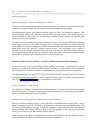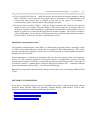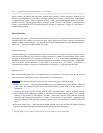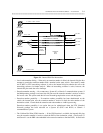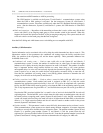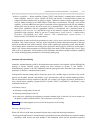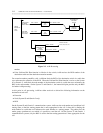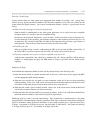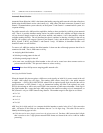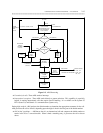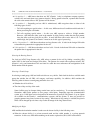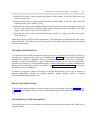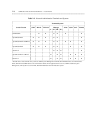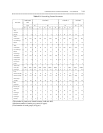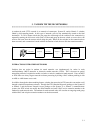2-14 COMMUNICATION SYSTEM NETWORKING — AN OVERVIEW
_ ___________________________________________________________________________________________________________________________
_ ___________________________________________________________________________________________________________________________
_ ___________________________________________________________________________________________________________________________
Automatic Route Selection
Automatic Route Selection (ARS) is the feature that handles outgoing public network calls that callers have
dialed using the ARS feature access code (usually a 9). ARS comes with basic DIMENSION, System 85, and
Generic 2 communications system software; on the System 75 and Generic 1 communications system, it is
a separate offering.
For public network calls, ARS provides capabilities similar to those provided by AAR for private network
calls. That is, it provides alternate routing choices for public network calls, modifies call digits when the
call can be more cheaply routed over the private network, and matches a call’s characteristics with the
available trunking facilities. The call characteristics that it considers in choosing a facility for the call are
the FRL (all systems), call category (System 85 and Generic 2 only), and the bearer capability (System 85
R2V4, System 75 R1V3, and Generic 1 and Generic 2 only). In addition, it determines whether a call
should be routed over toll facilities.
To route a call, ARS first analyzes the dialed number. It then runs the call through processes that it has in
common with AAR. That is, ARS routes a call by:
• Analyzing the dialed number
• Selecting a routing pattern for the call
• Selecting a trunk group for the call
• In some cases, modifying the dialed number so the call can be routed over other common carrier or
private network facilities. This process in known as subnet trunking.
Figure 2-3 shows how ARS processes outgoing public network calls.
Analyzing the Dialed Number
When the internal dial plan recognizes a ARS access code (usually an initial 9), it passes control of the call
to ARS. ARS collects the call digits. The number ARS collects always has a the public network
configuration — (PXX) (NPA) NXX-XXXX, where PXX are optional prefix digits that send the call for
special assistance, or IXC (Generic 1 only) or international routing; the NPA is the optional area code;
NXX is the exchange or office code; and XXXX is the extension or public network number. Each digit in
the dialed number has a range that helps ARS categorize the number according to local, international, or
IXC (Generic 1 only) or AT&T domestic long distance. The number ranges for the digits are as follows:
• N = 2-9
• P = 0 or 1
• A = 1-9
• X = 0-9
ARS’ first job in digit analysis is to compare the dialed number to entries in the 10-to-7 digit conversion
table. All entries on this table are for numbers that are 7 to 18 digits long. This table can be used to
identify the following types of calls:
• Calls that can be more cheaply routed over the private network. For these, ARS converts the 10 digits
that it receives to the 7-digit private-network RNX format and forwards the call to AAR for further
processing.



